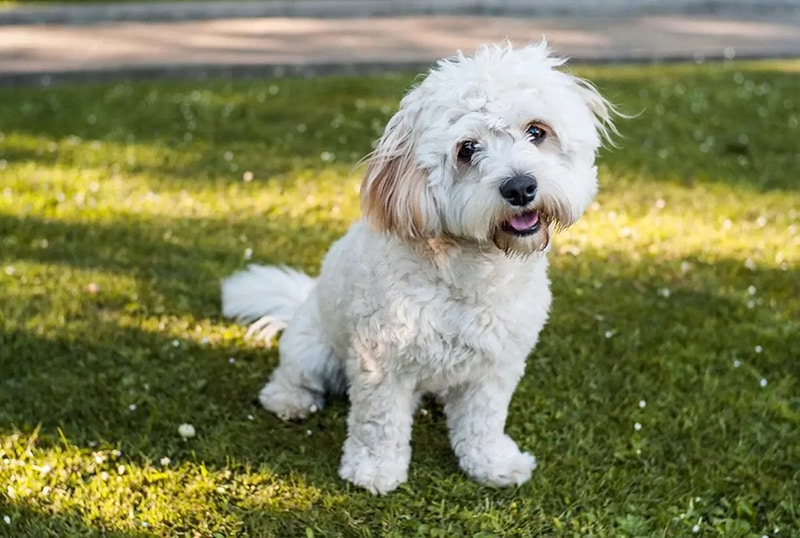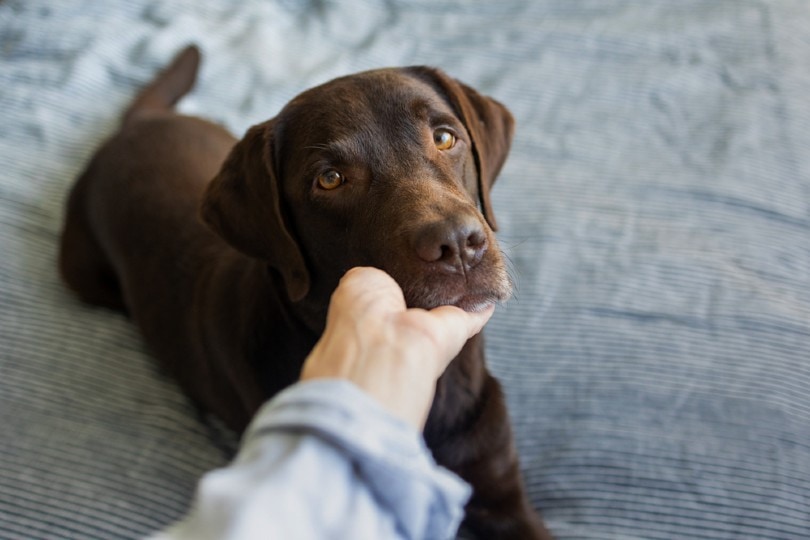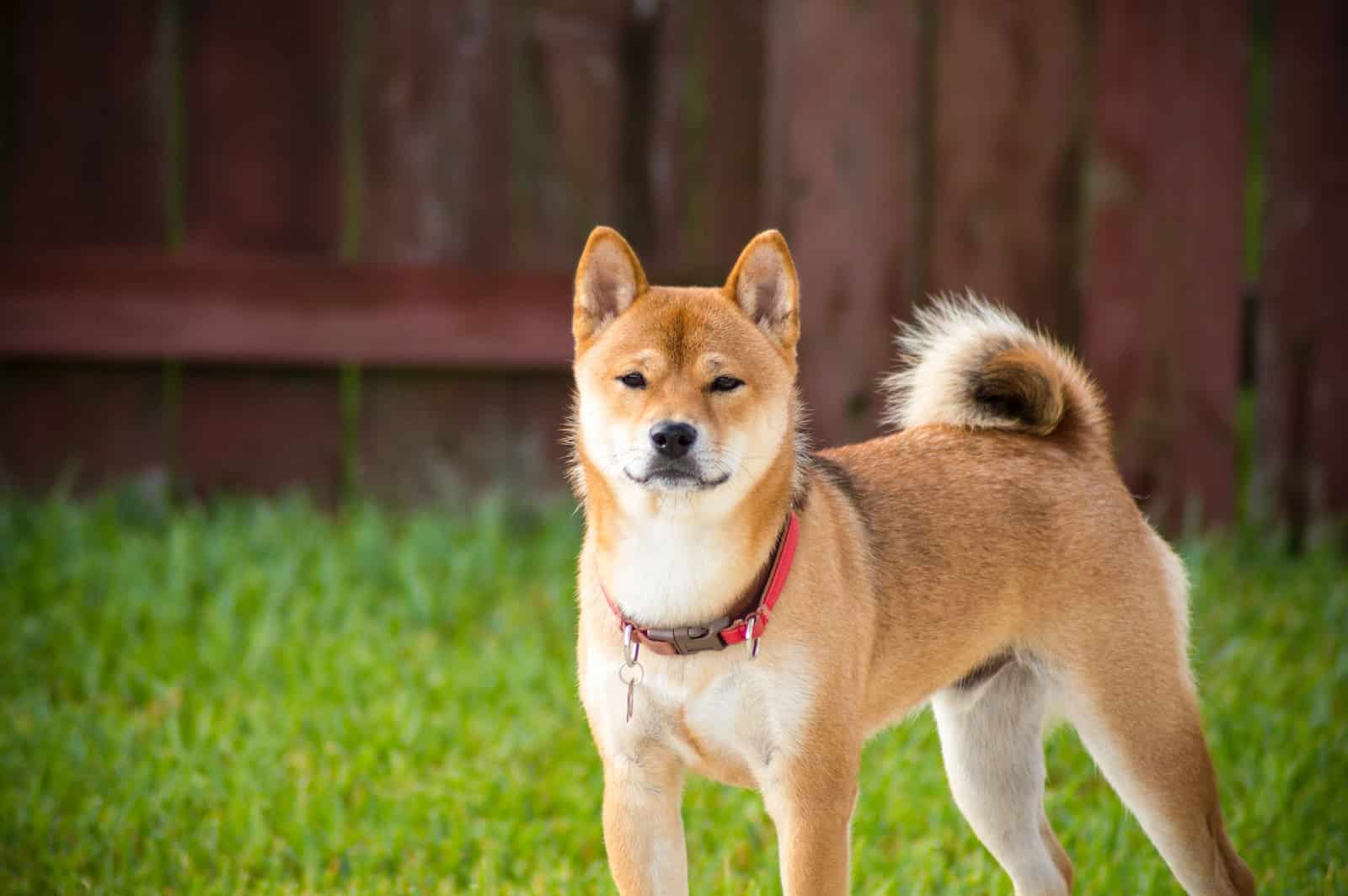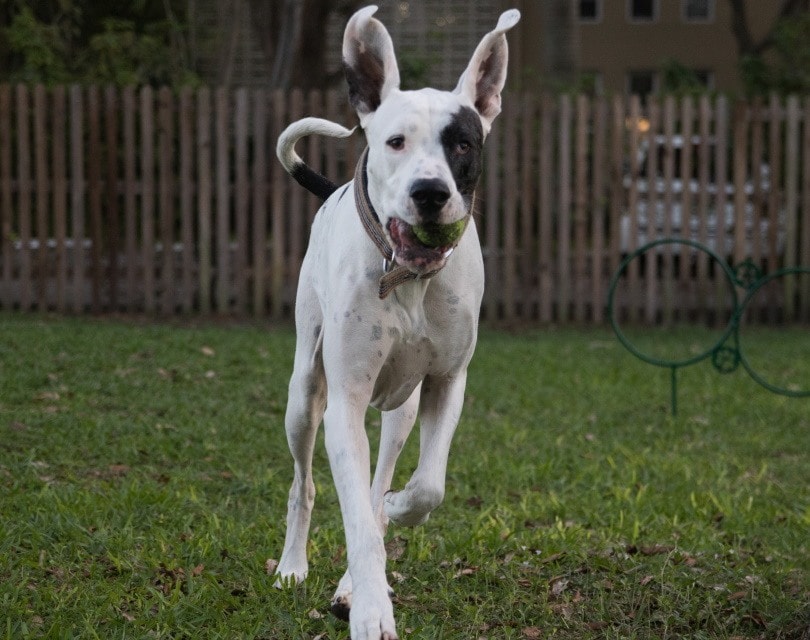Introducing a new cat or dog to the family can be nerve-wracking. Your current pets might view the newcomer as an intruder instead of a new family member. The way you handle their first meetings is crucial. If done correctly, cats and dogs can learn to coexist peacefully. However, if mishandled, you might end up with lifelong arch-enemies.
First things first, make your home a sanctuary for both pets. Each animal should have a ‘safe room’ equipped with essentials like food bowls and a litter box. Ensure there are no hazards in these rooms and provide high places for your cat to escape if needed. A tall perch can make a world of difference.
Next, keep them separated initially. Confine each animal to their respective rooms, allowing them to explore the main living area at different times. This phased introduction will help them acclimate to each other’s scent. Keep them apart for at least 3 to 4 days.
Then, let’s make mealtime work to your advantage. Feed them on opposite sides of a closed door so they associate each other’s scent with something positive—food. Continue this process until both pets remain calm and show little attention to the door.
Now, you’re ready for controlled meetings. Start by letting them interact through a cracked door, especially around mealtime. Gradually escalate to having the dog on a leash in the same room as the cat. Reward calm behavior, aiming for a dog that barely notices the cat.
Keep these introduction sessions short and sweet. Five minutes or less is usually sufficient, especially in the beginning. Overly long sessions can stress out both pets, causing setbacks. Daily interactions are ideal to maintain progress without pushing too hard.
Patience is key in this process. It might take a month or even longer for your pets to become comfortable around each other. If you have an untrained dog or a puppy, the process is likely to take more time. Train simple commands like ‘stay’ and ‘leave it’ to help control your dog during interactions.
Once your dog has learned to mostly ignore the cat, you can let them roam freely together—but keep the leash on for easy grabbing if needed. If either pet shows signs of stress, go back to earlier steps. This process is all about tiny, manageable steps.
Finally, always proceed with caution. Even when the pets seem comfortable together, never leave them unsupervised. Unexpected behaviors can arise, possibly leading to dangerous situations. Slow and steady wins this race, ensuring both animals feel secure and calm.
Introducing a new cat and dog takes time and patience. Gradual steps and consistent supervision are essential. Remember, a slower introduction is often more successful than rushing the process. Most cats and dogs can learn to get along fine if given the chance. However, sometimes, a dog’s prey drive might be too high, making peaceful coexistence difficult. Choosing pets with compatible temperaments is also important.










